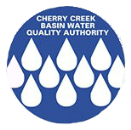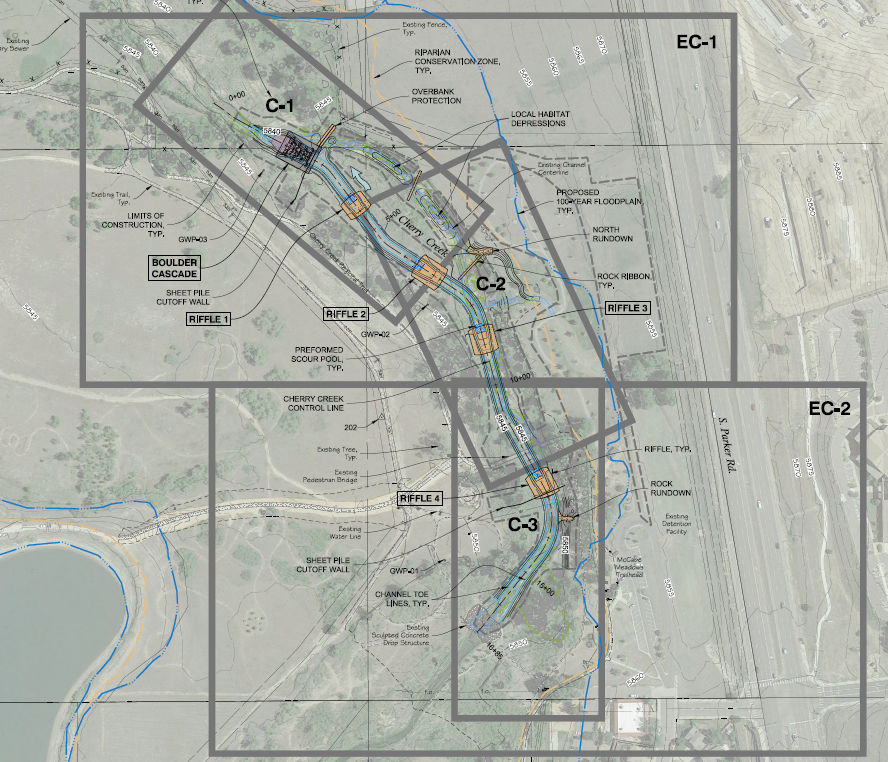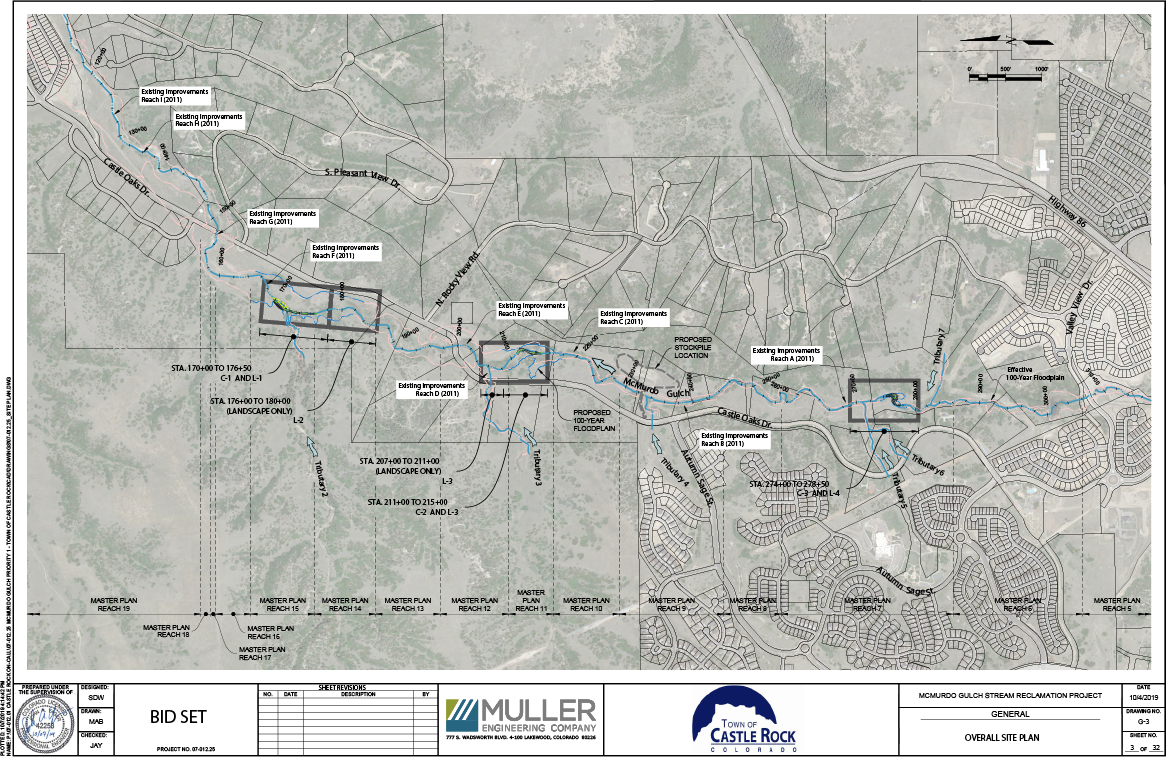PRF Highlights
In 2021, CCBWQA contributed over $1.96M towards pollution reduction facilities and pollution abatement projects in the watershed.
In 2021 work was performed on two key Pollution Reduction Facilities:
Cherry Creek at McCabe Meadows Trailhead Stream Reclamation Project
Total Cost
$1,560,000
CCBWQA's Share
$287,000
Engineer
Muller Engineering Company
Contractor
Concrete Express, Inc.
More Info
In 2017, the Town of Parker (Parker), Mile High Flood District (MHFD) and CCBWQA began work on Cherry Creek at the McCabe Meadows Trailhead which is located downstream of Hess Road and about 9.9 miles upstream of Cherry Creek Reservoir. The Project includes stream reclamation which provides water quality benefits for the stream and ultimately Cherry Creek Reservoir. Stream reclamation reduces erosion and immobilizes nutrients (including phosphorus and nitrogen) in the soils, reducing the nutrient concentrations in the water. The Project immobilizes an estimated 34 pounds of Phosphorus per year and a water quality pond on the west tributary provides additional water quality treatment.
McMurdo Gulch – 2020 Stream Reclamation
Total Cost
$970,000
CCBWQA's Share
$242,500
Engineer
Muller Engineering Company
Contractor
53 Corporation
More Info
In 2011, the Town of Castle Rock and CCBWQA began work on McMurdo Gulch. McMurdo Gulch is a western tributary to Cherry Creek that is 6.7 miles long and has a watershed area of 6.5 square miles. The 2020 Stream Reclamation Project continues this work on approximately 2,000 Linear Feet. The 2020 Project includes stream reclamation which provides water quality benefits for the stream and ultimately Cherry Creek Reservoir. Stream reclamation reduces erosion and immobilizes nutrients (including phosphorus and nitrogen) in the soils, reducing the nutrient concentrations in the water. The Project immobilizes an estimated 34 pounds of Phosphorus per year.


